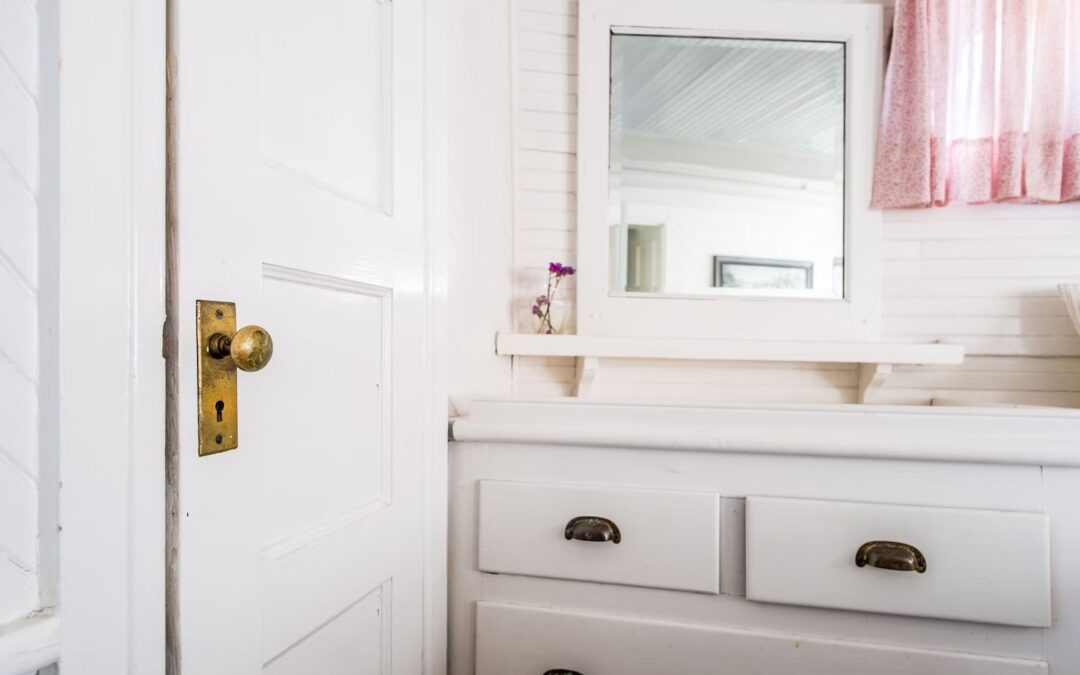An unexpected toilet overflow could cause a lot of inconveniences and create a risk to your house. This can not only cause costly repairs and water damage but can also result in health issues because of contamination. When you are dealing with a toilet overflowing, it is important to know what steps to take and act quickly. We’ll discuss the steps you should take to handle an overflowing commode and how to avoid it happening again in this blog.
Step 1
First, shut off the water supply. The best way to deal with a toilet that is overflowing is to turn it off. Usually, the valve is located near the wall behind the toilet. It is important to turn it counterclockwise until water stops flowing.
Step 2
Clear the Blockage In the event that the toilet continues to overflow, there’s probably a blockage. You can use a toilet auger, or a sink plunger, to remove the blockage. A plunger produces suction which helps loosen and remove the blockage. A flexible cable can be inserted in the toilet and then twisted to dislodge the blockage. When using a plunger, or an auger, wear protective eyewear and gloves.
Step 3
It’s Important to Clean up the Mess As soon as you can, you should clean the water off the floor to avoid water damage and the growth of mold. Remove the water using towels or wet/dry vaccums. Wear gloves to protect your hands and thoroughly disinfect the area.
Step 4
It’s Time to Call a Plumber If the blockage is not removed or the toilet continues overflowing, you should call a plumber. They will have the expertise and tools needed to diagnose the issue and fix it.
Prevention Tips
It is best to prevent an overflowing bathroom. Here are some tips for preventing toilet overflows.
- Avoid flushing non-biodegradable products: Paper towels, feminine care products, baby wipes and other items can block pipes.
- Regular Maintenance: Regularly inspecting and maintaining your bathroom can prevent blockages and early detection of potential problems.
- Use the toilet correctly: Teach family members and roommates the correct way to use it. Do not flush anything other than toilet paper or bodily waste.
- Upgrade Your Toilet. Consider upgrading your old toilet to one that is more energy efficient. Modern toilets consume less water and have a lower chance of clogging.
The following is a summary of the information that you will find on this page.
Ultimately, dealing with a clogged toilet can be stressful. However, with the right actions, you can resolve it quickly. Preventative measures are the best way to deal with an overflowing toilet.
Following these preventative tips will help you reduce the chances of a toilet spill and save money on repairs. Don’t hesitate calling a plumber for assistance if you have any questions about handling a toilet leak.

